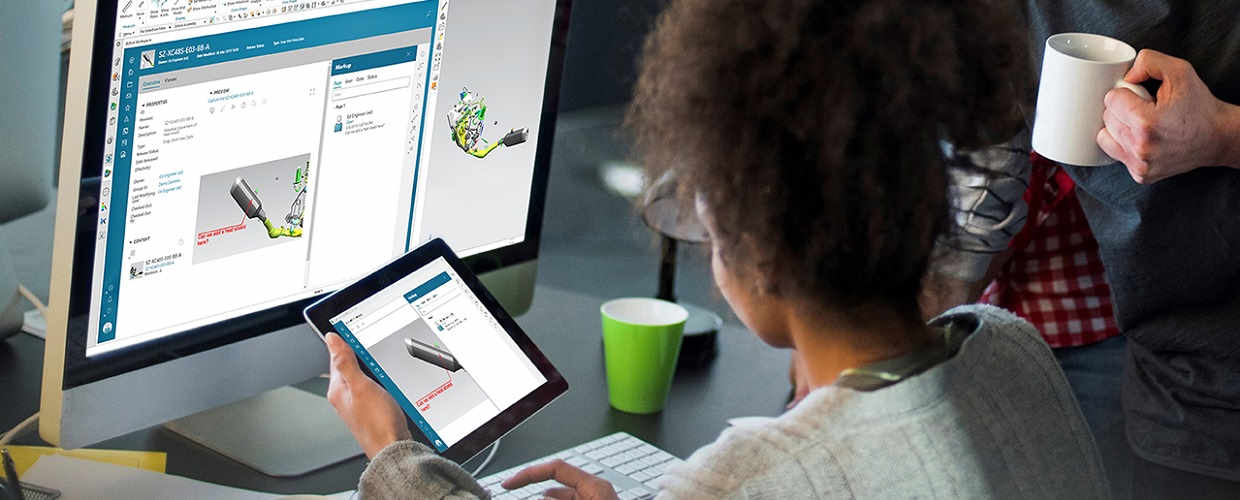There’s a fundamental law of web & application design: users will only click buttons that offer a clear payoff for themselves. No matter how much you as the designer want them to interact with something, or how amazing you think the interaction is, busy users will only do those things that deliver value for them.
With that in mind, tagging has always fascinated me. Systems that get tagging right are able to deliver to the user individual payoff. Examples of this are tagged photos in flickr that provide context and discoverability, tags in iPhoto that make it easier to find that great photo of your kid on vacation and tags in Pinboard to help organize your many digital bookmarks.
As an application designer, if you are able to tap into those individual motivations for tagging, and if your application is at some reasonable level of scale, some really interesting things can emerge. Imagine the effort to get hundreds of thousands of people to add metadata about Chelsea FC or a particular article? This rich set of contextual information emerges “for free” by leveraging the individual’s motivations.
Tagging and Media in Kindling
We’ve spent a lot of time this year building into Kindling support for media of all types, from pictures of whiteboards, to videos taken on phones or produced professionally. We’ve also focused on tapping into the individual motivations that allow tagging to proliferate — people can tag themselves with skills and interests to inform their profile and drive better recommendations as well as tag content to add context and make their ideas more easily found and tracked.
With today’s release of Kindling, we’ve married these two together with the launch of an entirely new tag-based UI. “Tags” are now a top-level navigational item, where the most popular tags from your Account are laid out in a beautiful grid display.
Tags View
Each individual tag also now has a media-centric grid view as well.
TagView
We’ve also added the ability to open up tagging, such that all users can manage tags on any content in the system. This will allow those people who really care about the integrity of the data and accuracy of tags to do the work for the group (affectionately called data nerds in our office).
Tag to Post
This behavior is manageable by a new Application Setting, allowing for each Account to decide the appropriate level of openness for tagging for their organization.
Manage Application Settings – Tracer Bicycles Ideas
User Cards
There’s lots of other goodness in this release, including a new interaction on user names and avatars. When you see someone’s name or avatar in Kindling, perhaps after they just commented or volunteered for one of your ideas, you can instantly reveal a user card with summary information about that person. This will be particularly valuable where people might not know each other personally, whether in larger companies with multiple offices, or in companies that are growing fast through acquisitions.
Home – Tracer Bicycles Ideas
Digital Inspiration
On a recent visit to a customer’s office I noted that they had a wall of their innovation lab set up as an “inspiration board” where paper prototypes, sketches of new ideas and other images were posted. I watched as people would walk by and spend a few minutes looking around and discussing with each other what they were seeing. You could see the wheels turning as connections were being made and new ideas were being formed.
Kindling has always been optimized for the conversation, but with the new Tags features of this release, Kindling now serves as a digital inspiration board. People can lean back, browse through ideas and posts — and draw inspiration for their next great idea.

